How to improve the quality of large steel castings
The use of large steel castings is relatively common, such as mechanical equipment parts and precision steel castings on automobiles, which have relatively high quality requirements for products. In order to ensure the quality of these products, large steel castings manufacturers should control from a relatively basic process:
- According to the drawings provided, we should select the appropriate casting equipment. This basically guarantees the product quality of the steel castings. In the process of producing, solve the problems effectively, so as not to cause bigger losses.
- We should repair the surface in the first place if the product is defective in the process.
And then, what are the precautions in the process of producing large steel castings?
-
Precautions for heat treatment of large steel castings
The strength level of large steel castings is close to the forged steel, with poor plasticity and resistance, uneven and not dense inside, large internal chemical composition error, poor thermal conductivity and messy structure. Therefore, it is necessary to pay special attention to eliminate internal stress and prevent cracking during heat treatment, but not necessary to take the harm of hydrogen into account. When formulating the heat treatment process, you can refer to the TTT curve, CCT curve and hardenability curve of the same steel grade. Meanwhile it is necessary to pay attention to the influence of uneven chemical composition, coarse grains and other casting defects.
-
Partial heating phenomenon of large steel castings
There are many factors for partial heating phenomenon of large steel castings, mainly the following three types: 1) System overload, which is mainly manifested in excessive pressure or speed. 2) Oil outlet pipe is too thin, which leads to high oil flow rate and generates a lot of heat. 3) Poor cleanliness of the oil, which leads to increased internal wear, reduced volumetric efficiency, and oil leakage and throttling from the internal gap to generate heat.
-
The reason of infiltration during the processing of large steel castings
Infiltration is actually a method of porosity treatment, especially micropores which can not be seen with naked eye. The appearance of micropores will cause leakage of the sealing medium, and increase the wear of the machining tool. Besides, micropores will also increase the cost, so that the quality of the product cannot be guaranteed. In the application process of the product, it will lose its function.
-
Causes of subcutaneous pores in large steel castings
The generation of subcutaneous pores is a comprehensive reaction of improper operation of various links and procedures in the casting process. The reasons for the formation are complex and there are many influencing factors. We should pay attention to every operator and process involved.
In the casting process, the structure of large steel castings needs to be repaired for the parts after molding. There are many ways to repair the mold.
- After the parts are moulded, there will be some places that are soft and not tight. Use a knife to loosen and use a tool to cram.
- The damaged part of the intersection of the two walls can be glued with sand with a knife, wiped to the gap and then smoothed.
- Large pieces of sand can be repainted with muddy water to re-patch.
- If there is a groove in large area, you can dig out the part first, and then repair it.

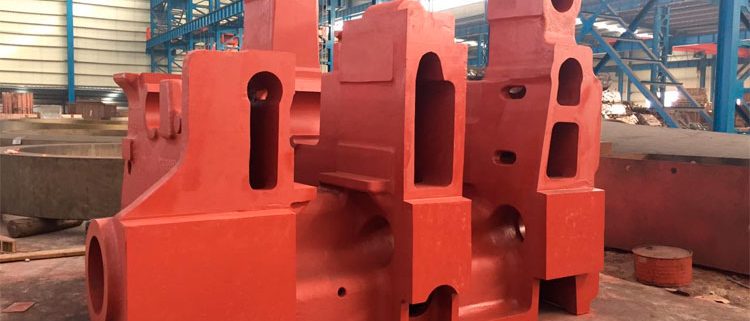
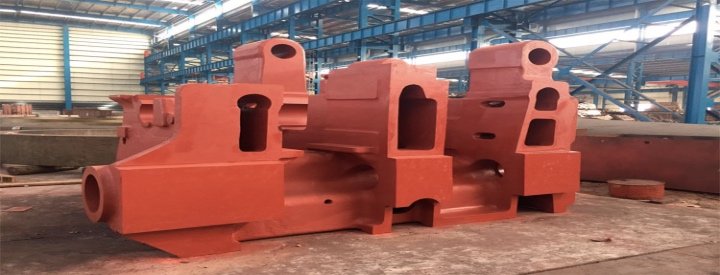
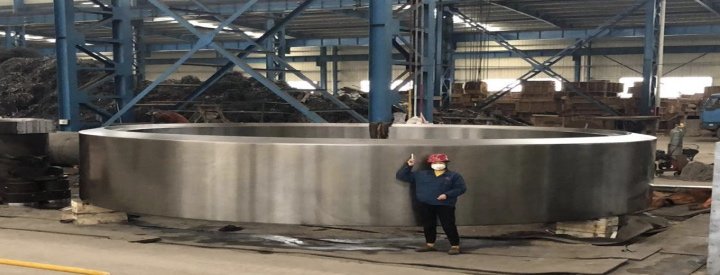
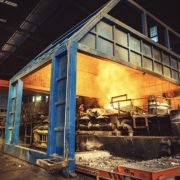
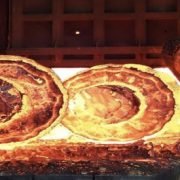
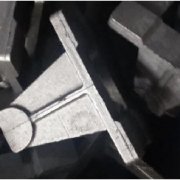
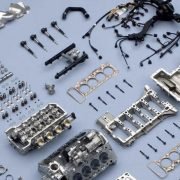
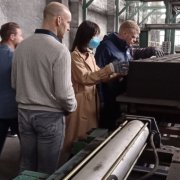
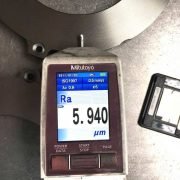


Leave a Reply
Want to join the discussion?Feel free to contribute!